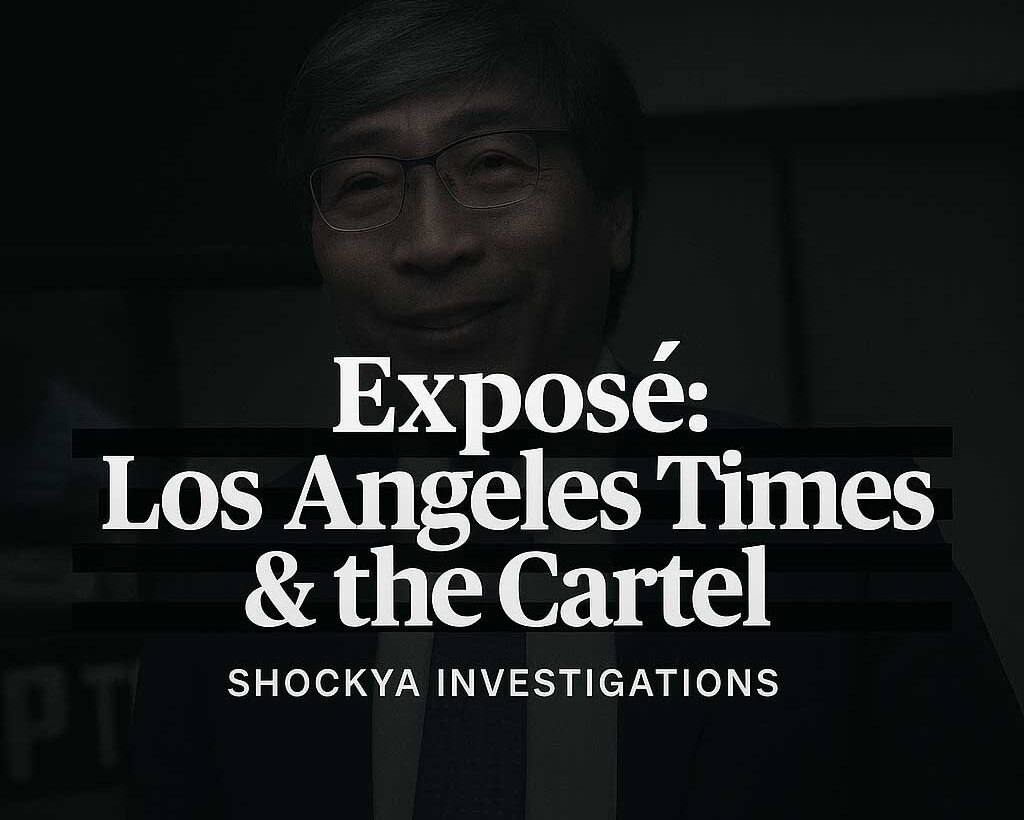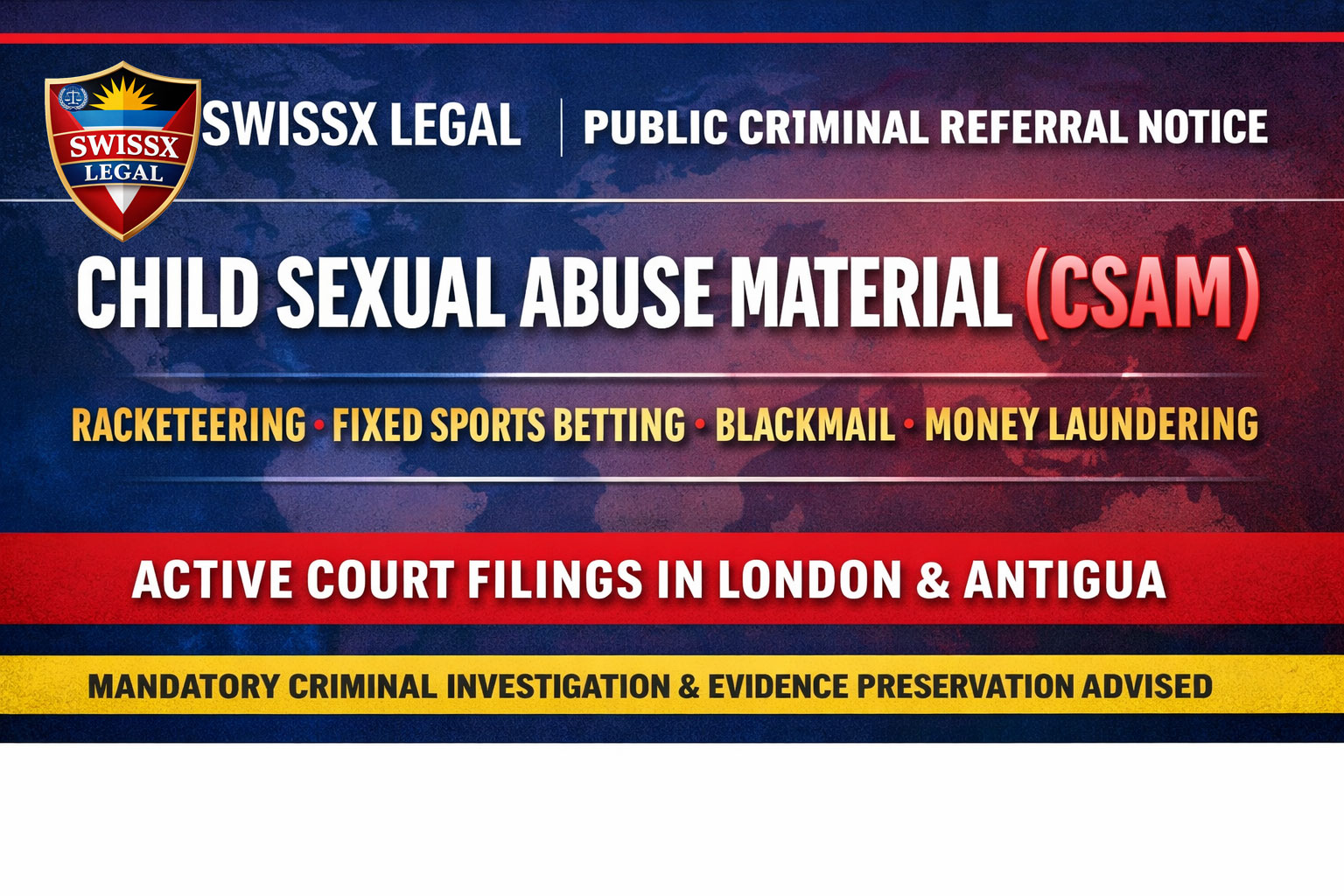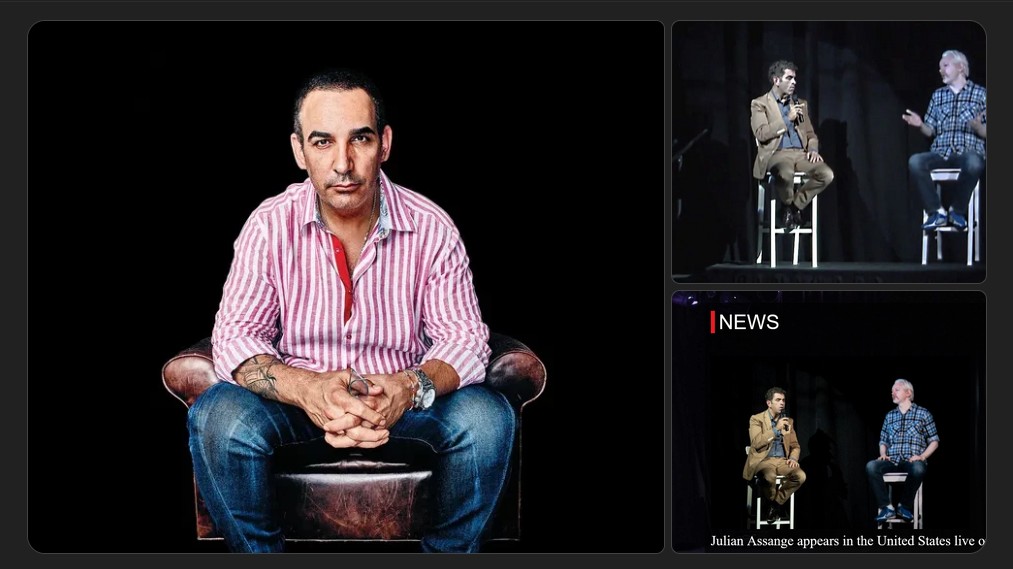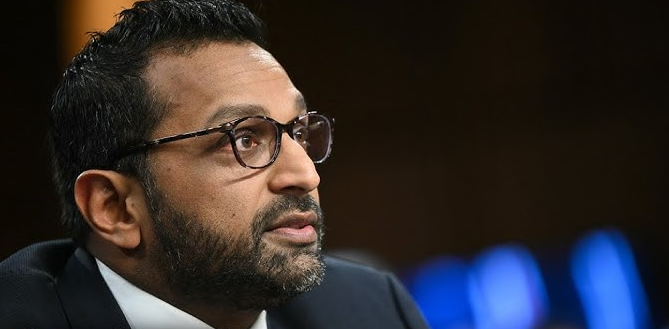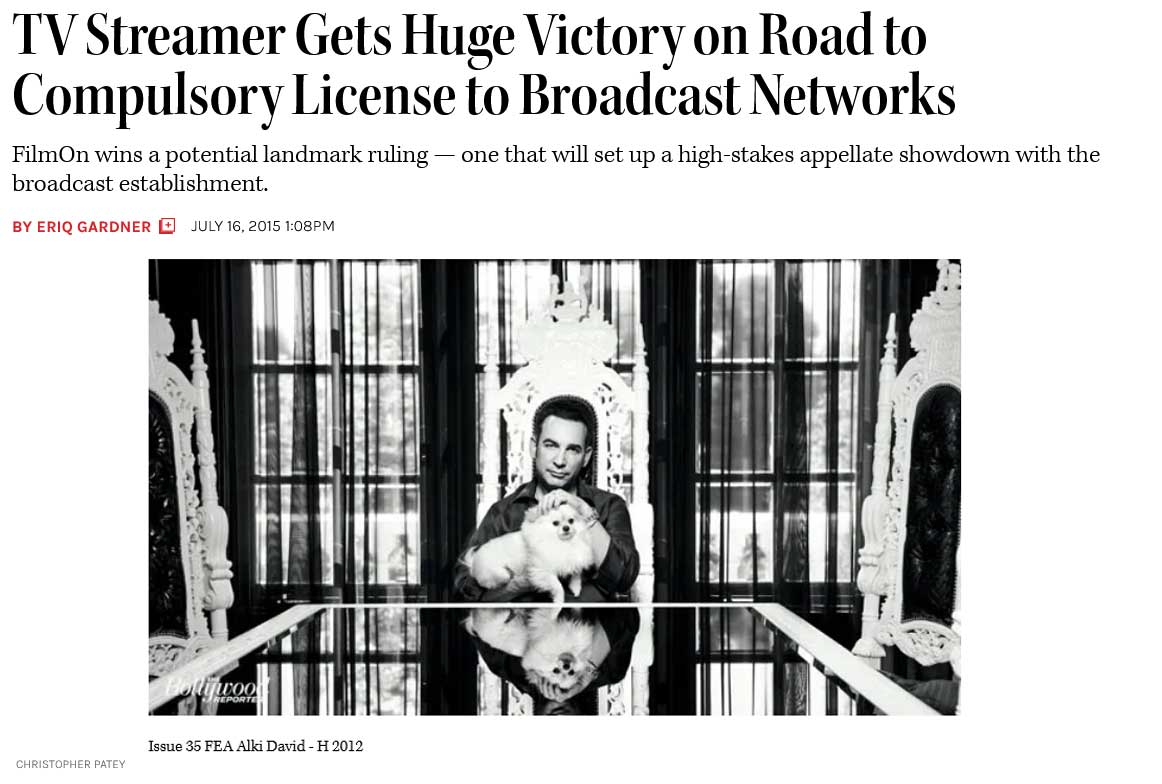When Dr. Patrick Soon-Shiong purchased the Los Angeles Times in 2018, it was celebrated as a rescue of California’s flagship newspaper. Instead, the Times has become a mouthpiece for Hollywood’s darkest networks — a cartel of traffickers, mobsters, corrupt lawyers, bankers, and media owners who weaponize lawsuits, launder narratives, and silence whistleblowers.
What began as journalism has collapsed into complicity.
In June 2024, the Los Angeles Times ran the story: “L.A. jury orders Alki David to pay $900 million in sexual assault suit.” The number was staggering. The omissions were deliberate: the lawsuit was drafted by Tom Girardi, now disbarred and jailed; the plaintiff was connected to the Fratto and Cascio mob families; the case is part of a global RICO action spanning Antigua, London, and Maryland; and the defendant, Alki David, is severely disabled, a fact the paper ignored. Instead of balance, the Times amplified propaganda.
Soon-Shiong sits at the intersection of UCLA’s medical establishment and Los Angeles’s media power. His networks overlap with figures associated with trauma-bonding tactics used in syndicate control. As the owner, he decides which stories are amplified and which are buried. By silencing evidence of Girardi, the mob families, and trafficking networks, the Times became an enabler of cartel suppression.
The silence aligns perfectly with cartel interests: Lawyers like Tom Girardi and Gloria Allred weaponized lawsuits, while mob families like the Frattos and Cascios ran harassment and laundering schemes. Enforcers like Anthony Pellicano and Danny Kapon Sr. silenced victims through fear, and bankers and media owners partnered in laundering, financing, and shielding the system. The LA Times provided cover through omission and distortion, further embedding its role in the cartel structure.
The article illustrates how CBS Interactive contributed to piracy-related issues, and how the Times remained silent despite evidence of child abuse related to its ownership.
The cartel leaves bodies behind, as evidenced by the untimely deaths of multiple lawyers associated with the investigation, suggesting a network committed to silencing dissent through extreme measures.
Shockya calls on the public for information regarding the collusion between the Los Angeles Times and the syndicate it reportedly protects, urging those with evidence to come forward. In the face of these allegations, the narrative frames the LA Times as more than a newspaper; it is described as a propaganda arm for organized crime, with Soon-Shiong at the helm.
Ultimately, this investigation poses critical questions about the integrity of the media and its responsibility to truth and justice, warning that history may reflect on the Times not as a paper of record but as a shield for corruption and crime.
What began as journalism has collapsed into complicity.
In June 2024, the Los Angeles Times ran the story: “L.A. jury orders Alki David to pay $900 million in sexual assault suit.” The number was staggering. The omissions were deliberate: the lawsuit was drafted by Tom Girardi, now disbarred and jailed; the plaintiff was connected to the Fratto and Cascio mob families; the case is part of a global RICO action spanning Antigua, London, and Maryland; and the defendant, Alki David, is severely disabled, a fact the paper ignored. Instead of balance, the Times amplified propaganda.
Soon-Shiong sits at the intersection of UCLA’s medical establishment and Los Angeles’s media power. His networks overlap with figures associated with trauma-bonding tactics used in syndicate control. As the owner, he decides which stories are amplified and which are buried. By silencing evidence of Girardi, the mob families, and trafficking networks, the Times became an enabler of cartel suppression.
The silence aligns perfectly with cartel interests: Lawyers like Tom Girardi and Gloria Allred weaponized lawsuits, while mob families like the Frattos and Cascios ran harassment and laundering schemes. Enforcers like Anthony Pellicano and Danny Kapon Sr. silenced victims through fear, and bankers and media owners partnered in laundering, financing, and shielding the system. The LA Times provided cover through omission and distortion, further embedding its role in the cartel structure.
The article illustrates how CBS Interactive contributed to piracy-related issues, and how the Times remained silent despite evidence of child abuse related to its ownership.
The cartel leaves bodies behind, as evidenced by the untimely deaths of multiple lawyers associated with the investigation, suggesting a network committed to silencing dissent through extreme measures.
Shockya calls on the public for information regarding the collusion between the Los Angeles Times and the syndicate it reportedly protects, urging those with evidence to come forward. In the face of these allegations, the narrative frames the LA Times as more than a newspaper; it is described as a propaganda arm for organized crime, with Soon-Shiong at the helm.
Ultimately, this investigation poses critical questions about the integrity of the media and its responsibility to truth and justice, warning that history may reflect on the Times not as a paper of record but as a shield for corruption and crime.

